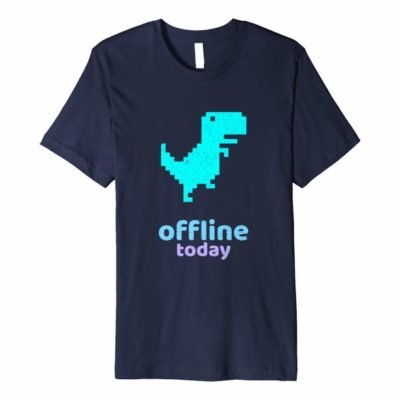
Tesla told the agency this week that customers had filed warranty claims matching the situations highlighted by NHTSA on at least 18 occasions between spring 2019 and fall 2022. The filing notes that the carmaker said it was not aware of any injuries or deaths related to the flaws detected by the agency.
The NHTSA filing says Tesla did not agree with the agency’s analyses but agreed to go forward with the recall anyway. The software defects will be fixed via an over-the-air update “in the coming weeks,” the agency says, which means drivers won’t have to bring their vehicles to be serviced. Tesla did not respond to a request for comment, and it’s unclear what changes the automaker will make to its full self-driving feature. (The company reportedly disbanded its press team in 2020.) But Tesla, SpaceX, and Twitter CEO Elon Musk tweeted that the using the word “recall” to describe the update “is anachronistic and just flat wrong!”
Tesla’s Full Self-Driving feature isn’t actually “self-driving” as most people would understand it. Even Tesla calls it a “driver assistance” feature that is in “beta.” The company’s documentation says drivers have to stay vigilant and be ready to take over at any moment.
The feature is meant to keep cars driving within a lane; make lane changes automatically; parallel park; and slow and stop for stop signs and traffic lights. Drivers have paid anywhere between $5,000 and $15,000 for the “beta” feature. It was first released in 2020 to customers that Tesla said had proven themselves to be safe and skilled enough to test the software on public roads.
In late November, Tesla released the feature to everyone who had paid for it. Some Tesla owners have filed a class action fraud lawsuit over the technology, citing Musk’s numerous promises that truly self-driving technology was just a matter of months away.
Tesla releases quarterly vehicle safety reports in which it says that cars using Autopilot are much less likely to get into crashes than the average American vehicle. But that comparison doesn’t account for other variables that would make it clearer what role Autopilot plays in crashes, including the type and age of the car (new and luxury vehicles like Teslas are involved in fewer crashes) and location (rural areas, where Teslas are less popular, see more crashes on average). Federal data shows that Tesla vehicles equipped with Autopilot have been involved in at least 633 crashes since July 2021.
This is just Tesla’s latest tangle with the federal government. The investigation into collisions between first responders and vehicles on Autopilot continues. NHTSA also opened an investigation last year after receiving hundreds of driver complaints that the company’s vehicles on Autopilot had displayed “phantom braking,” suddenly stopping without warning or cause.
Some of Tesla’s interactions with the US government have been more pleasant. Just this week, the Biden Administration announced that the company would take part in its effort to create a nationwide, public electric-vehicle-charging network by allowing drivers of other electric vehicles to make use of part of its well-developed Supercharger network for the first time.
The announcement marks a detente after years of permafrost between Musk and the White House. The CEO has argued that the administration hasn’t given Tesla proper credit for kickstarting the climate-friendly vehicle electrification project in the US; the administration has pushed back against Tesla’s anti-union stance. The truce came in Musk’s love language: a presidential tweet.




